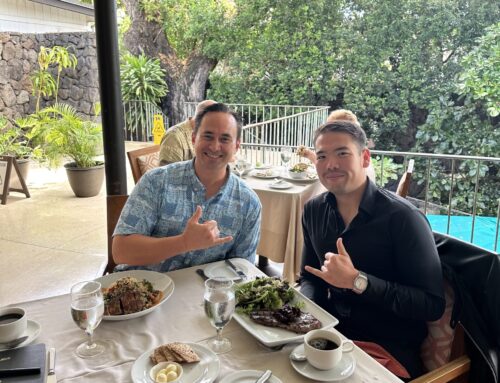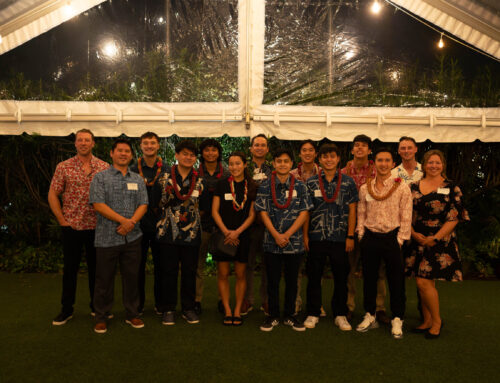Reviewing scholarship applications can be a daunting task. With hundreds or thousands of multiple-page applications submitted and numerous attachments, a reviewer could quickly become overwhelmed.
Fortunately, setting up guidelines beforehand can help make the process easier and ensure that the most deserving recipients receive financial assistance. We recommend the following scholarship application guidelines while keeping an unbiased mindset within your review team.
Transcript
Whether based on merit or need, most scholarships will require applicants to submit official transcripts as part of a completed application. Although some scholarships do not require this, many do, particularly those of higher value or more competitive awards. Nonetheless, student transcripts indicate the applicant’s academic prowess and predict potential performance in the future. As part of your review process, you will likely need applicants to submit official transcripts.
What Are Official Transcripts?
An official transcript is an academic record printed by the applicant’s school on its official paper, signed by the institution’s registrar, and delivered in a sealed envelope with the school’s official seal. As a result, you can be confident that a transcript is an authentic and official record and that no one has tampered with the document.
What Are Unofficial Transcripts?
The unofficial transcript lists the applicant’s coursework and grades and can often be accessed online, depending on the student’s school. However, be careful about accepting unofficial transcripts for a scholarship review, as the information could be inaccurate.
According to the University of Washington’s Office of Merit Scholarships, Fellowships & Awards, you should pay attention to the following when reviewing academic transcripts of scholarship applicants:
● The GPA’s trajectory, noting whether it is increasing and if it stays consistent;
● Any challenging course content;
● The number of credits and grades earned within the evaluated period;
● Student grades in major disciplines, and;
● Any difficult periods that show inconsistencies in the student’s grades
Resume
When a student applies to your scholarship program, their resume or Curriculum Vitae (CV) works as a crucial filter to see whether they comply with your established requirements. The CV lets you know if a candidate’s experience aligns with the program they are applying to and that they have the necessary professional, academic, and personal potential you need to award a scholarship.
However, an applicant’s resume does more than simply providing you with the applicant’s participation in activities related to your scholarship. It also helps to provide extra details regarding the student’s accomplishments and experience, fleshes out timelines, and offers information in context.
The way an applicant writes their resume should make it as easy as possible for you to gain a broad overview of what they have to offer and help you choose what is most important. Look for a CV that advertises the candidate as having the profile you are looking for by highlighting the most relevant experiences and skills.
For each activity or accomplishment that an applicant lists on their resume, you need to look out for the following:
● Has the applicant provided complete details on each activity, such as the project description, length of participation, and duties and responsibilities?
● How do the listed activities relate to the applicant’s stated academic and career goals?
● Do the activities relate to your scholarship program’s goals or requirements?
Application Essays
When making the next step in their education and applying for scholarships, a candidate’s writing skill is critical. Your review committee must pay particular attention to the applicant’s scholarship application essay since it shows their individuality much clearer than any diploma.
A good scholarship application essay should explain how the financial assistance would contribute to the applicant’s long-term goals and answer the questions set out in your application. You are investing in the student’s future, and you want to be sure that your investment will go to someone who deserves it. The applicant should explain how furthering their education will contribute to their overall goals after they graduate.
One thing that many review committees should, but fail to do, is to check the essays for plagiarism. You expect the student to present their unique personality and not copy and paste a boilerplate piece.
Other general qualities you should look for, depending on your scholarship, are:
● Engagement
● Leadership
● A sense of purpose
Letters of Recommendation
Recommendation letters from the applicant’s faculty, community members, or supervisors are an excellent way to get a second opinion.
However, you should be aware that often, the person writing the application letter has not read the fine details regarding the requirements of your program. They may also lack strong writing skills or non-native English speakers, so you should not hold any spelling or grammatical errors against the applicant.
In a scholarship application recommendation letter, you need to look for positive, meaningful comments that show an honest connection with the applicant.
Scholar’s App Simplifies the Processing of Scholarship Applications
Scholar’s App is a scholarship application management service that links students to verified scholarships and offers a tracking solution for the entire financial aid application process. Students can easily create their profiles, search for available scholarships, and submit their applications online.
Our platform also connects donors with qualified scholarship candidates. Scholar’s App provides a complete set of online tools so you can post listings, accept completed applications, collaborate within your review committee, and send notifications of awarded scholarships.



